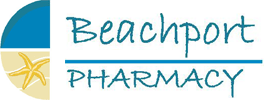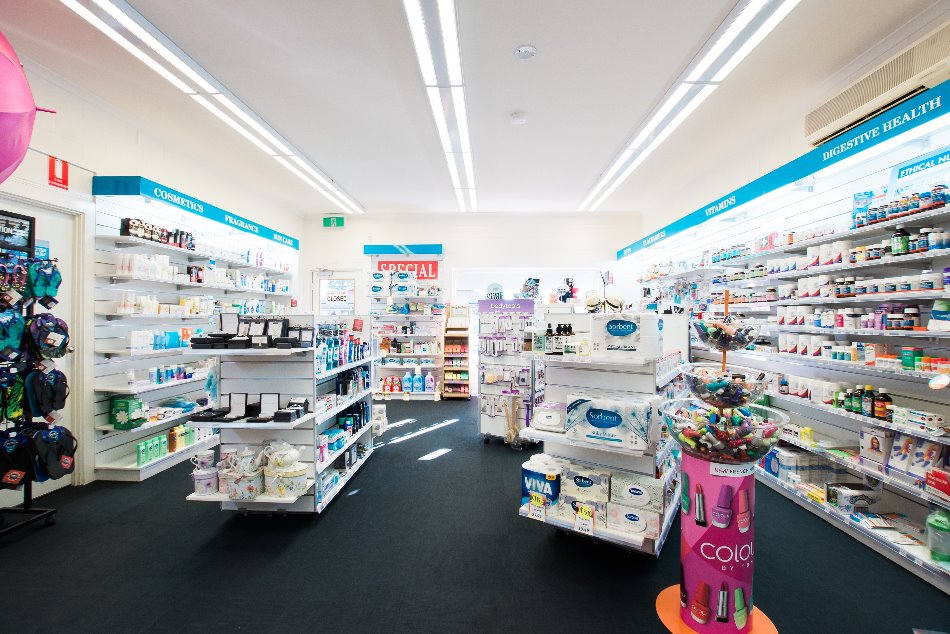Jul
2013
Coping with Extremely Cold Symptoms
1361 – Coping with extremely common cold symptoms – 5 June 2013
The Queen’s Birthday weekend in June each year heralds the beginning of the ski season in the snowfields of Australia. And, whether we’re near the snowfields or not, the weather at this time of year usually gives us a pretty clear sign that winter is well and truly with us.
It’s also this time of year that products in the cough/cold category are the most commonly requested in community pharmacies.
However, this is the category in which there sometimes seems to be little satisfaction. There are probably a number of reasons for this. Firstly, despite our hopes and desires, there is no miracle cure for a cold or the flu; the best we can expect is good, effective treatment of symptoms. Secondly, some of the products which can be self selected in grocery stores, supermarkets, health food stores and even pharmacies don’t always measure up to the claims that are made.
Many of the more effective medications promoted for the relief of symptoms of coughs and colds are now available only as what are known as Pharmacist-Only products. That is the pharmacist must personally provide you with the cough/cold product and be satisfied it’s the most appropriate product to treat your symptoms. Sometimes, depending on the formulation, the provision of these products must be recorded – just as if it was a prescription medicine. Nevertheless, it is worthwhile taking those extra couple of minutes to get a product that does the job it’s meant to do.
It’s also important that we are able to differentiate between a cold and the flu. By far most us who stagger into pharmacies sniffling, sneezing and coughing will have a cold – not the flu. If we really had the flu with its more sudden onset of symptoms – headache, general aches and pains, exhaustion and fatigue – we’d have trouble leaving the house; never mind actually getting to a pharmacy.
Of course, some hardy ones amongst us do ‘soldier on’ – regardless of the severity of our symptoms. So here are a few distinguishing features: a cold usually begins with sniffling and sneezing and a tickle in the throat. With the flu, the throat is often very sore; and headache and aches and pains are common, and sometimes severe. Weakness and fatigue are also common and can last several weeks.
As we know, both these infections are caused by viruses, so antibiotics are not effective (the presence of yellow/green mucus is not necessarily an indication of a bacterial infection, it’s simply an indication that our immune system is doing its job). Taking antibiotics is therefore unnecessary; and only serves to increase antibiotic resistance both in the community and in us as individuals.
Managing cough/cold symptoms in children can be a tricky business. Over-the-counter cough/cold medicines have not been shown to work for children younger than six years of age; and there is a health risk if they are not used properly – but there are other options.
Stream inhalation by way of humidifiers can help to clear mucus and a blocked nose. It’s only a temporary effect but it may be especially useful for children at bedtime to help them get off to sleep. Saline nose drops and sprays (Little Noses, Fess and Narium) can also be helpful; as can the decongestant sprays – for a few days only. Ibuprofen and paracetamol mixtures can be given for fever, sore throat and aches and pains.
For more specific advice pick up one of the fact cards titled Colds and Flu or Coughs from the Pharmacy.


















